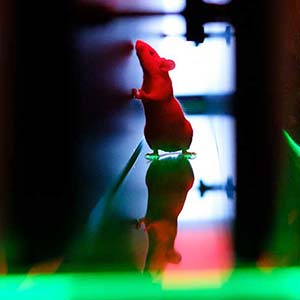How to use CatWalk XT and Incapacitance Tester in non-clinical pain research
Heta Svard from Orion Pharma studies pain and neurological disorders and resports on recent research.
Posted by
Published on
Fri 13 May. 2016
Topics
| CatWalk XT | Gait Analysis | Rats |
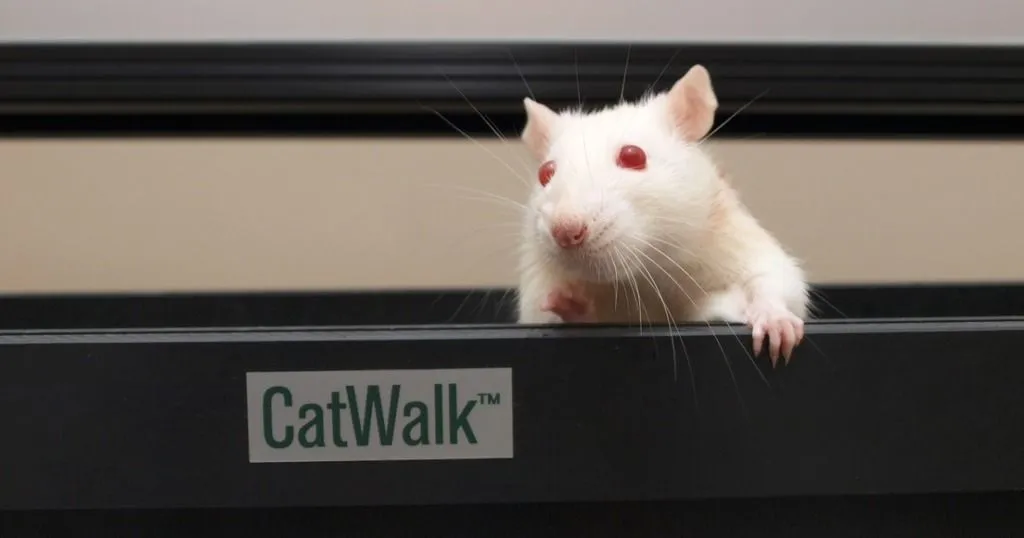
Today we have another guest blog post for you! Heta Svard from Orion Pharma studies pain and neurological disorders and will be presenting a poster on a recent study at Measuring Behavior 2016 in Dublin this month! I encourage you to pay her a visit (poster no. 39), but for now, you can read about her study in this post. Thanks, Heta!
CatWalk XT is an apparatus for quantitative analysis of gait and motor performance in rats and mice. Gait analysis is typically used for studying locomotor effects of spinal cord injuries in rodents. In the Central Nervous System (CNS) research group at Orion Pharma, we study pain and neurological disorders. This includes testing efficacy of novel analgesics in vivo in rats and mice.
Our interest has been whether CatWalk XT gait analysis could be used in our research. Measuring pain in rodents is challenging due to their prey nature to hide pain. Therefore, assessing spontaneous non-evoked behaviour, such as walking, rather than evoked behaviour (i.e. hypersensitivity to mechanical or thermal stimuli) would give more reliable results. We thought CatWalk XT could serve as an ideal tool for our needs, but the stumbling block with using the system was the great number of parameters it spouted. Which of them, if any, were relevant for our use?
There were no published studies where CatWalk XT was used in pain research, but one recent from Ängeby-Möller et al. (2015) on analgesic research, where they used an in-house built gait analysis system for rodents. We decided to try and adapt the findings of Ängeby-Möller and colleagues to the commercially available CatWalk XT system and to compare the results obtained from the CatWalk XT (pain at walking) system to data from the Incapacitance tester (pain at standing).

Figure 1. CatWalk XT system measured walking pain. When the rat walks, body weight can be distributed between all four legs and the three normal legs can compensate the load of the injured paw.
What did we aim at?
Our main aim was to produce a method with high translational validity to study efficacy of novel analgesics in rats with inflammatory joint pain. Because examination of joint pain in osteoarthritis patients involves assessment of pain during walking and standing, we aimed to measure the same endpoints in rats. To attain the goals, we needed to i) induce inflammatory joint pain in rats, ii) try to relieve the pain with clinically used analgesic, and iii) quantify the pain in walking and standing in i) and ii).
How did we do it?
To induce inflammatory joint pain in rats, we injected Freund’s complete adjuvant (CFA) into their left ankle joint. CFA contains heat-killed and dried Mycobacterium tuberculosis and is widely used in preclinical research to induce inflammation in research animals. After the injection, the rats were daily treated with naproxen, pregabalin or vehicle for four days, and they went through gait analysis on CatWalk XT (fig. 1) and weight bearing measurement on Linton’s Incapacitance tester (fig. 2).
We measured the following default parameters in CatWalk XT: regularity index, duty cycle and base of support, and maximum area and mean intensity. We used the latter two in calculating additional gait parameters – weight bearing percentage and guarding index. Linton’s Incapacitance tester measured static weight bearing as force exerted by each hind limb. Using these data, we calculated the percentage weight bearing of each hind limb.
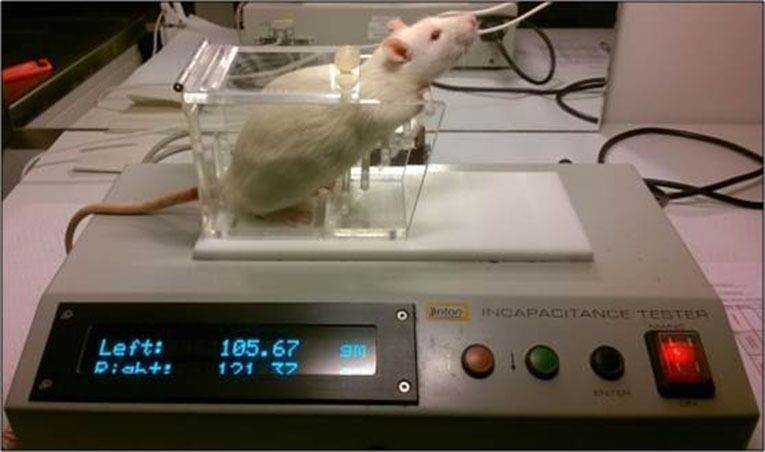
Figure 2. Linton’s Incapacitance tester measured standing pain as weight bearing by each hind leg. While standing on the hind legs, the rat cannot utilize its tail or front legs in body weight bearing.
What was the outcome?
Intra-articular injection of CFA caused long-lasting inflammation, limping and guarding of the paw and uneven weight distribution between the hind paws during walking and standing. In the CatWalk XT, these were indicated as changes in each paw’s weight bearing percentage and guarding index.
Other gait parameters were also changed but the effects on those were more transient with greater inter-individual variance within the treatment groups. Naproxen partially reversed the changes in gait and static weight bearing, while pregabalin did not.
What does this all mean?
Naproxen is an anti-inflammatory medicine, having efficacy in patients with inflammatory joint pain. Pregabalin is used for neuropathic pain and does not usually relieve inflammatory pain. Our results show that naproxen reduced walking and standing pain in rats but pregabalin did not – as in osteoarthritis patients who suffer from inflammatory joint pain.
This suggests that the method is sensitive with high translational value, and the effects of the drugs on walking and standing pain were quantifiable with CatWalk XT and Linton’s Incapacitance tester. Guarding index was found to be the most robust and sensitive CatWalk XT parameter for this model to reveal the effects of CFA and drugs on walking pain. Weight bearing percentage was a sensitive parameter to indicate drug effects on pain at standing. Altogether our results support the use of rat CFA model of inflammatory joint pain together with CatWalk XT and Incapacitance tester in pain and analgesic research.
Reference
Ängeby Möller, K.; Berge, O.G.; Finn, A.; Stenfors, C.; Svensson, C.I. (2015). Using gait analysis to assess weight bearing in rats with Freund’s complete adjuvant-induced monoarthritis to improve predictivity: Interfering with the cyclooxygenase and nerve growth factor pathways. European Journal of Pharmacology, 756, 75-84.
Heta will be presenting her poster on May 25th at the Measuring Behavior 2016 conference in Dublin.
Related Posts
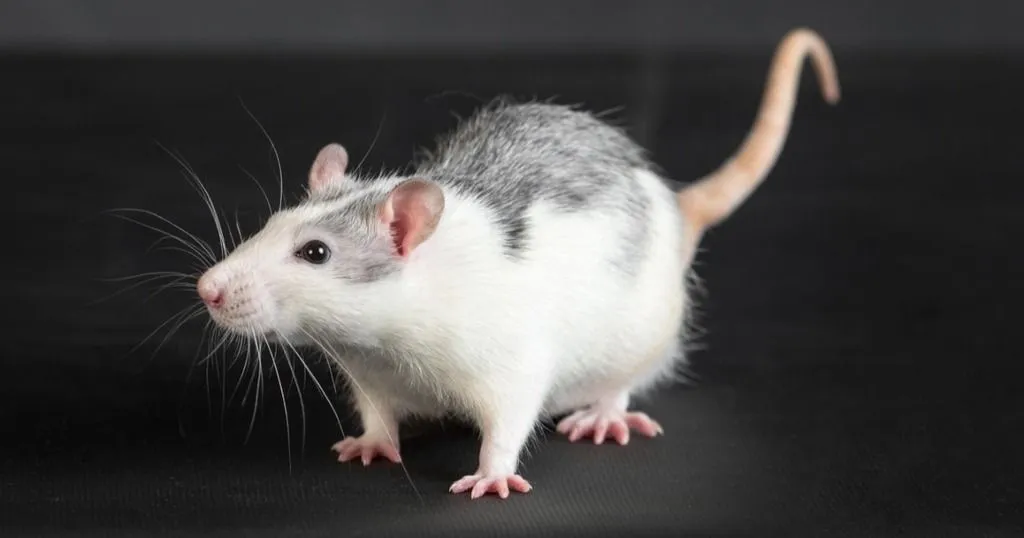
Suture anchors for rotator cuff injuries: a new animal model
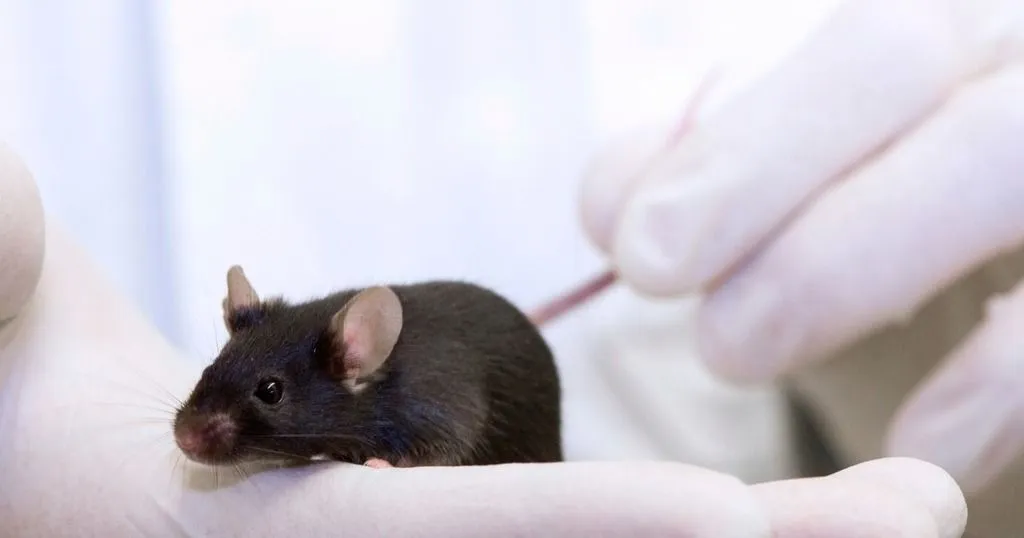
Using CatWalk gait analysis to study monoarthritis in mice

